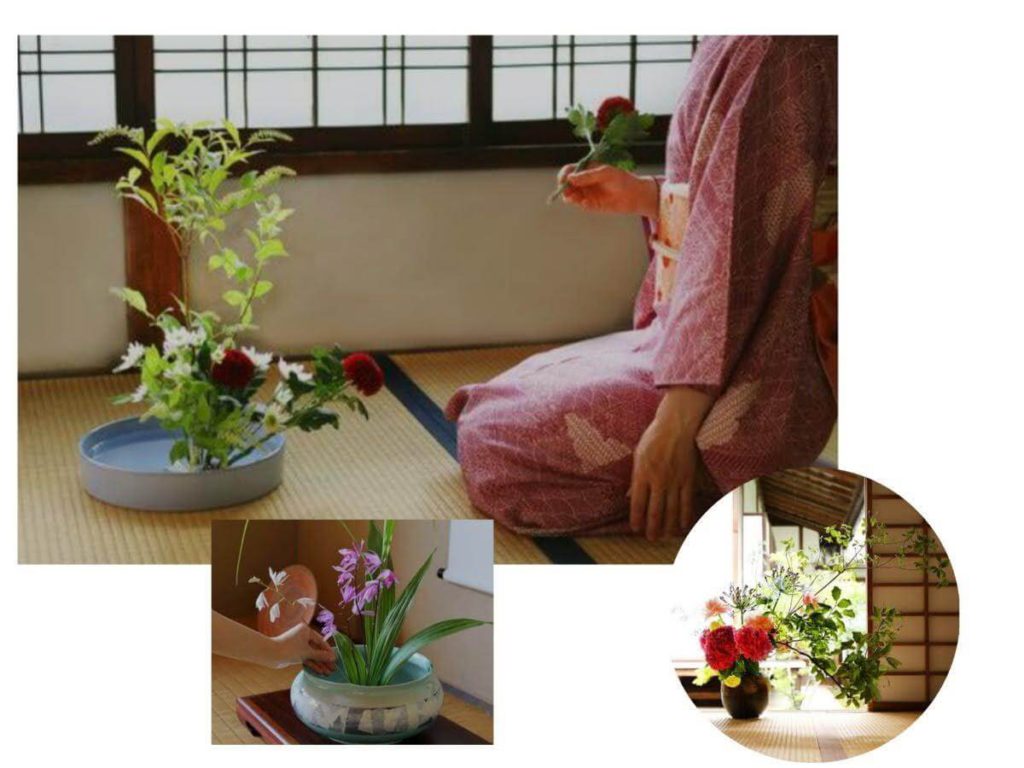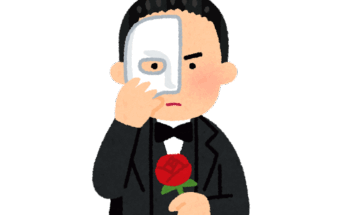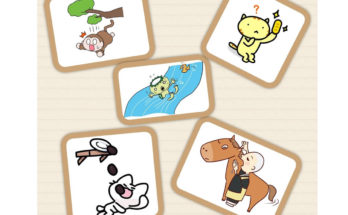Do you like karate (空手、空手道) or judō (柔道)? Are you familiar with sadō (茶道), the tea ceremony, or kadō (華道), the art of flower arrangement?
Many people have seen matches of kendo, judo, or karate and are familiar with these martial arts. Over time, they have gained recognition as popular sports worldwide. Watching them, I am always struck by the stunning harmony between stillness and movement.
Similarly, kadō (華道) – flower arrangement, sadō (茶道) – the tea ceremony, and shodō (書道) – calligraphy, possess an elegant and dignified presence, where the movements themselves are beautiful. One common feature among these practices is the inclusion of the word “Dō” (道) in their names.
So, what exactly does “Dō” mean in Japanese culture? I would like to share some insights into this unique aspect of Japanese tradition.
In this case, the kanji “道” is pronounced as “dō.” (The exact same character can also be pronounced as “michi” to mean “road” or “street,” but that is a different meaning than the meaning when the character is used as “dō.”)
The concept of “道” (Dō) is unique to Japanese culture and has played a significant role in the Japanese way of thinking and religious beliefs. This spirit refers not only to the improvement of skills but also to teachings and a philosophical way of life aimed at refining the mind.
In Japanese culture, various traditional practices include the word “道” (Dō) in their names, such as sadō – tea ceremony (茶道,), kadō – flower arrangement (華道), kendō (剣道), kyūdō (弓道), aikidō (合気道), etc. It represents the process of mastering traditional techniques and arts, as well as the results of such dedication.
Each “Dō” has its own unique origins and training methods, but they all ultimately lead to a state of natural artistry or selfless technique, attained through years of rigorous training of both body and mind. A common characteristic of all “Dō” is the emphasis on beginning with kata (form)—structured practice patterns.
Let’s take a look at some representative examples.
Sadō (茶道) – Tea Ceremony
Sado is a path of spiritual refinement and the pursuit of etiquette through the practice of chanoyu. Chanoyu (茶の湯) is a traditional Japanese practice of preparing and serving matcha (powdered green tea) with a focus on hospitality and mindfulness. It follows a carefully structured process and embodies the principles of harmony, respect, purity, and tranquility.
Kadō (華道) – Flower Arrangement

A practice that cultivates an appreciation for the changing seasons, beauty, and a sense of gratitude for one’s surroundings. It is expressed through the arrangement of flowers.
Kendō (剣道)
Through the practice and matches of kenjutsu, one trains both body and mind, aiming for personal development. The focus is not just on victory but also on the importance of proper etiquette, as seen in the principle “starting and ending with respect.”
Judō (柔道)
Judō is a Japanese martial art created by Jigoro Kano in 1882. It centers on using an opponent’s strength and movements against them, employing throwing techniques and grappling. Judo emphasizes not only technical skill but also personal growth, fostering development in both ability and character.
Shodō (書道) – Calligraphy
Shodō is the art and technique of writing Japanese characters beautifully using a brush and ink. It requires a sense of harmony, balance, and expressing the writer’s emotions. Practicing calligraphy involves understanding precision, patience, and brush techniques on a deeper level. It is a discipline that teaches both mental focus and artistic expression.
The spirit of “Dō“ can also be applied to challenges in daily life:
- Cultivating a heart that remains humble in victory and resilient in defeat.
- Maintaining high aspirations while never losing humility.
- Developing the ability to adapt and harmonize with any situation or person.
- Strengthening self-discipline and inner fortitude.
- Learning to accept differences and respect others.
The phrase 「礼に始まり礼に終わる」(“Rei ni hajimari, rei ni owaru”) expresses the spirit and philosophy of “budō” (martial arts), especially in practices like kendō. It means that in martial arts, one should begin and end with respect, emphasizing the importance of proper manners and showing respect for one’s opponent during a match. This reflects the belief that demonstrating courtesy and respect is more important than winning or losing.
In the martial arts, “first-class” means having a balance of “mind,” “technique,” and “body” ultimately leading to self-mastery.

My grandsons, aged 6 and 5, have recently started learning karate. Their teacher places strong emphasis on proper bowing, greetings, respect, and appreciating the things around them. In elementary school, there is also a calligraphy class where children learn to write beautifully while maintaining good posture. Calligraphy is also a common extracurricular activity. I believe that learning to value manners and show respect to others from a young age contributes to the global appreciation of Japanese people as being polite and considerate.
Lately, I feel that these values may be fading somewhat. Am I the only one who feels this way? I take great pride in the fact that Japanese cultural traditions emphasize proper behaviors, posture, consideration for others, and respect. In today’s busy society, it may be difficult to focus on small daily acts of etiquette and manners. However, I believe that passing these teachings on to children is essential for preserving the best of Japan for future generations.
I’m a clay artist, and a master of Japanese calligraphy “Onore-sho”. I have my own shop in Ikaruga town, Nara, which is near Horyuji temple: world heritage site. And I’m a volunteer English tour guide. I enjoy learning English everyday.





 HTJ has a YouTube page! Check it out
HTJ has a YouTube page! Check it out
Dear Chisato,
Thank you for writing this article. While I studied Aikido for four years and I knew about the pursuit of mastery of skills, I think you expressed it in a way that I was never able to put my finger on.
Your article also reminded me of an experience I’ll never forget. My Sensei encouraged me to do literally hundreds of rolls for six months. It seemed like it would take forever to learn this martial art. But when I was thrown by my partner in an exercise, I rolled safely and was grateful that I’d mastered that skill.
Thank you for explaining it to me in a way that was easy to understand.
道 is not, I am afraid, unique to Japanese culture. It is also an important concept in Chinese culture, and the Japanese understanding derives from Chinese precedent.